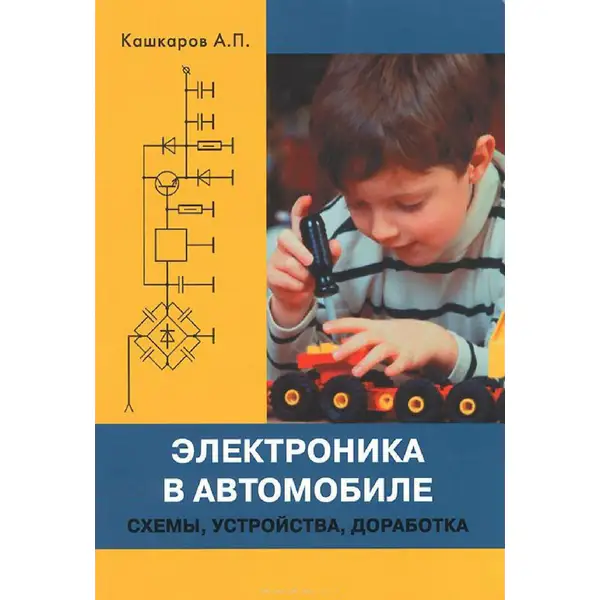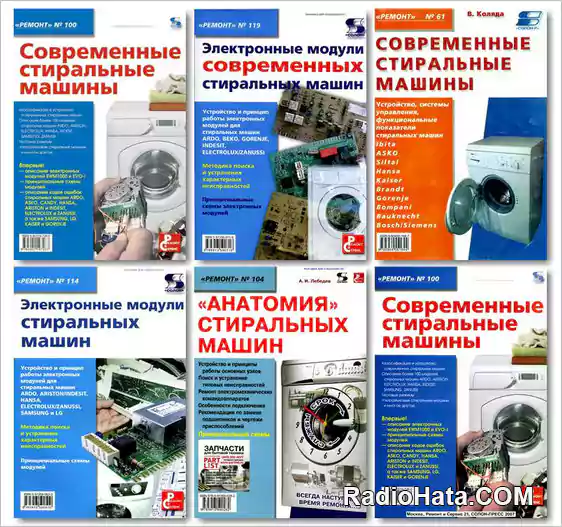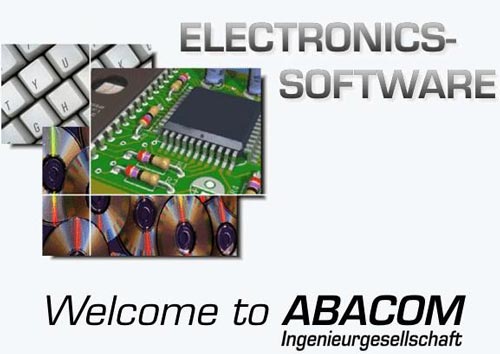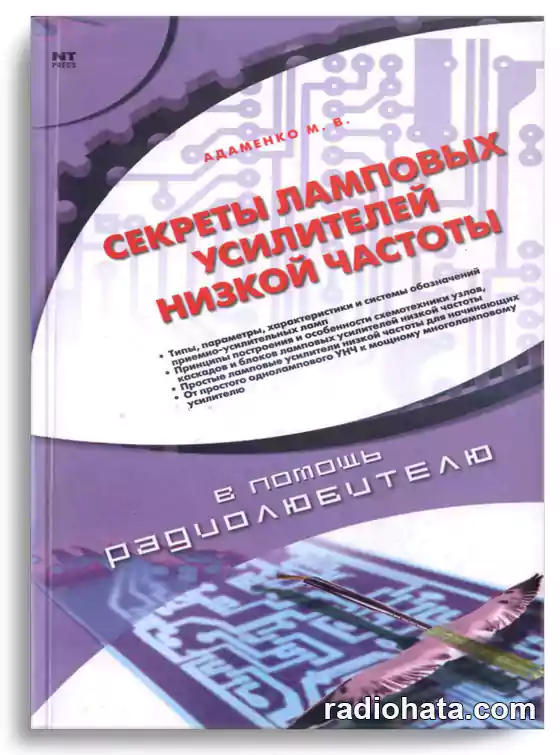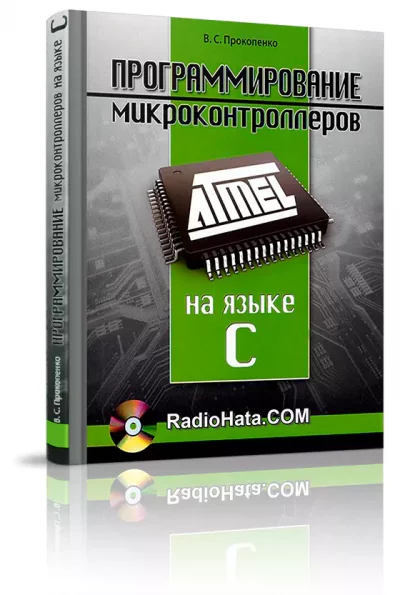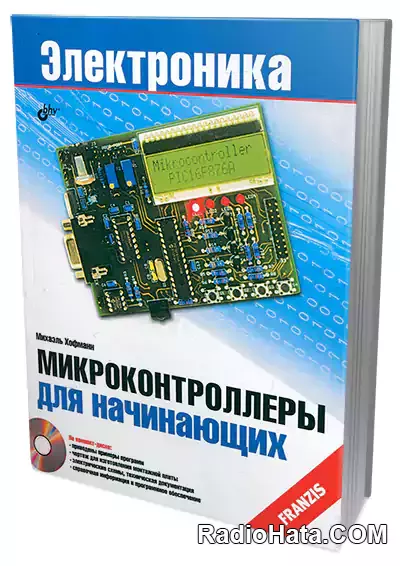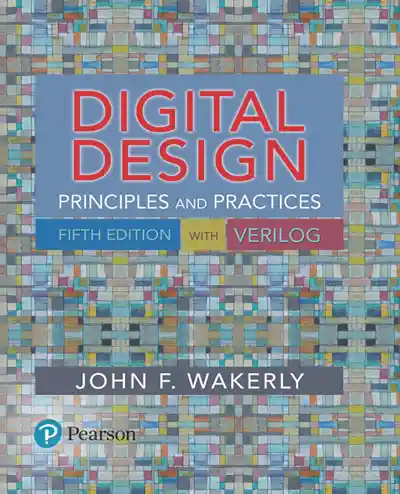Популярное
Principles of drone design: A comprehensive guide on how to build a multicopter UAV from the ground up

Principles of drone design: A comprehensive guide on how to build a multicopter UAV from the ground up | Mauricio Andrada
English | 2024 | PDF (conv.) | 208 pages | 10 MB
This book is intended to be a practical manual; any theoretical material presented here is used as background to justify the calculations and design presented in the final chapters; it would be difficult to understand the numbers and design decisions without this foundation.
The content tries to aggregate in one single place all the information needed to design and build multi-propeller copters - information that is scattered all over the Internet - as well as data our team gathered from the years spent building and flying custom made, mobile network connected drones; some of the information in this book will not be found anywhere else; this is, however, a rapidly evolving field and some of the information and links here may become obsolete. As the author, I will try my best to keep the information up-to-date.
Chapter 1 will present key mathematical concepts used when modeling physical systems. Physical models are the starting point for all the calculations associated with UAV design. It will then cover the concept of automatic control using PID controllers and its implementation.
Chapter 2 introduces the concepts and mathematics of control systems, including system diagrams, open and closed loop systems and PID controllers.
Chapter 3 introduces the flight controller as the core unit responsible for allowing controlled flight of the UAV by implementing the controllers studied in . The chapter then introduces sensors, the functional components responsible for providing measurements used by the PID controllers.
Chapter 4 focuses on tuning and calibration of the core sensors used for flight control, as well as the parameters that must be manually configured by the user in order to guarantee safe, controlled flight.
Chapter 5 introduces the on-board computer, used for extending the UAV functionality beyond flight. It will describe how the on-board computer communicates with the flight controller as well as the network.
Chapter 6 covers the practical use of the concepts covered by the previous chapters, introducing a systematic procedure for calculating the dimensions of all essential parts of an UAV.
Chapter 7 presents a reference client/server application that allows controlling the UAV over the mobile network using ground control system software.
Chapter 8 presents the full design of an UAV, including costs, bill of materials, blueprints and instructions on how to install and configure each component. Although intended to be used as an educational tool, this design can be used by the reader to build a fully operational UAV.
Chapter 9 covers some use cases and legal aspects of flying and operating a UAV, including the latest regulation published by FAA, certification requirements and rules related to flight beyond line of sight (BLOS). The chapter also covers the limitations associated with using the mobile network for command and control of remote UAVs.
Chapter 2 introduces the concepts and mathematics of control systems, including system diagrams, open and closed loop systems and PID controllers.
Chapter 3 introduces the flight controller as the core unit responsible for allowing controlled flight of the UAV by implementing the controllers studied in . The chapter then introduces sensors, the functional components responsible for providing measurements used by the PID controllers.
Chapter 4 focuses on tuning and calibration of the core sensors used for flight control, as well as the parameters that must be manually configured by the user in order to guarantee safe, controlled flight.
Chapter 5 introduces the on-board computer, used for extending the UAV functionality beyond flight. It will describe how the on-board computer communicates with the flight controller as well as the network.
Chapter 6 covers the practical use of the concepts covered by the previous chapters, introducing a systematic procedure for calculating the dimensions of all essential parts of an UAV.
Chapter 7 presents a reference client/server application that allows controlling the UAV over the mobile network using ground control system software.
Chapter 8 presents the full design of an UAV, including costs, bill of materials, blueprints and instructions on how to install and configure each component. Although intended to be used as an educational tool, this design can be used by the reader to build a fully operational UAV.
Chapter 9 covers some use cases and legal aspects of flying and operating a UAV, including the latest regulation published by FAA, certification requirements and rules related to flight beyond line of sight (BLOS). The chapter also covers the limitations associated with using the mobile network for command and control of remote UAVs.
Download Principles of drone design: A comprehensive guide on how to build a multicopter UAV from the ground up
Похожие новости
Информация
Посетители, находящиеся в группе Гости, не могут оставлять комментарии к данной публикации.
-
Зарубежные журналы
-
Радиотехнические журналы
-
Книги


